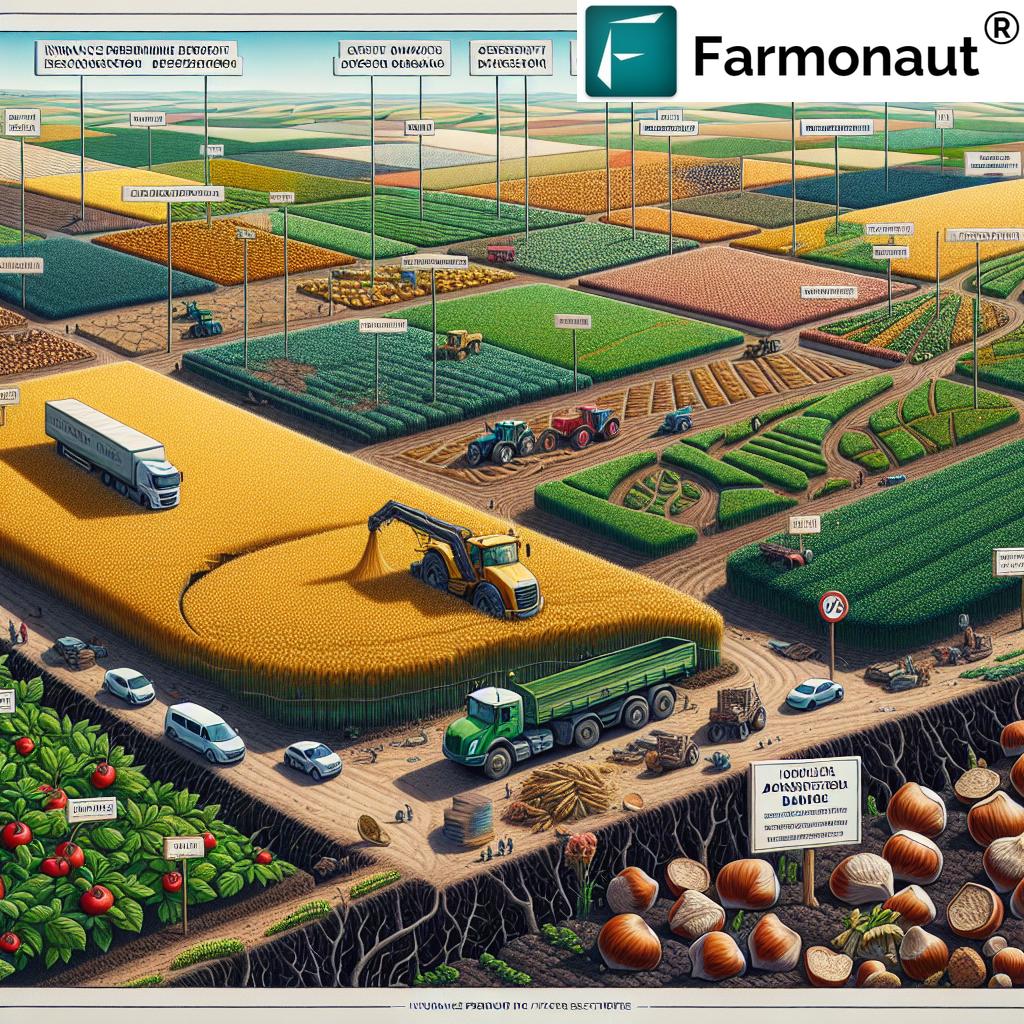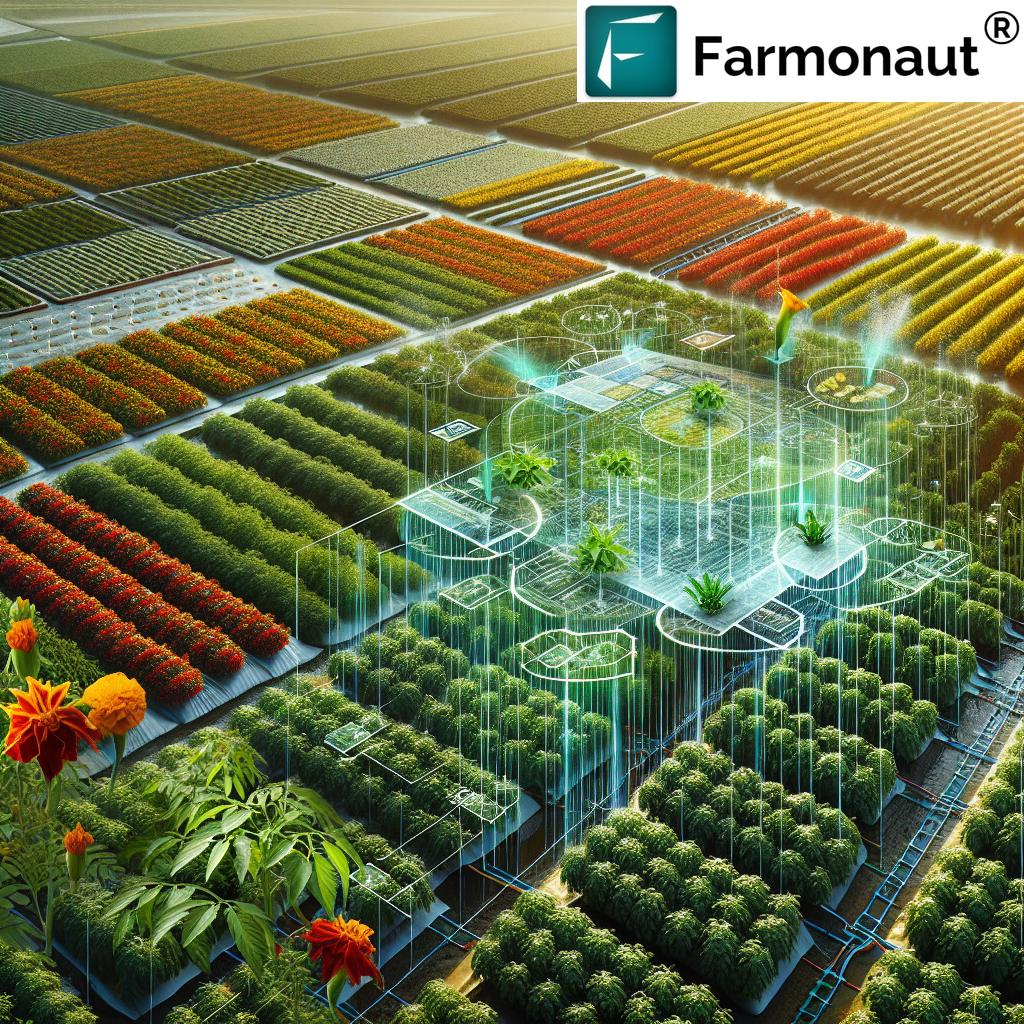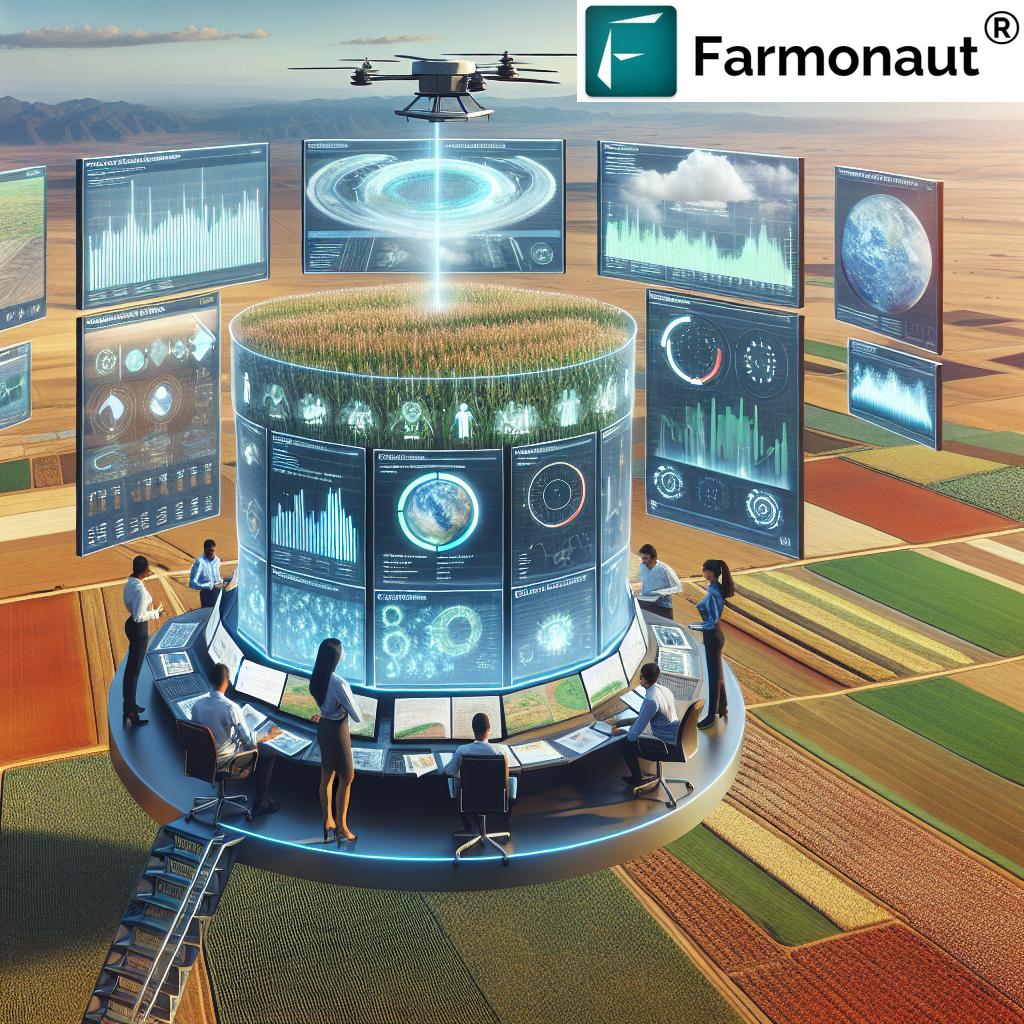Current Rice Price per Kg India 2025 & Urea Price Update
Rice and urea prices in India are more than just numbers — they serve as vital indicators of the agricultural sector’s health, stability, and the welfare of over 118 million farmers in the nation. As we move deeper into 2025, understanding the current rice price per kg India 2025 and the current urea price per kg India 2025 becomes crucial for policymakers, businesses, and stakeholders across the sector. This article examines the prevailing trends, costs, and the broader implications of these essential commodities, including production, procurement, and sustainability in Indian agriculture.
“India’s average rice price per kg in 2025 rises to ₹48, reflecting a 7% annual increase from 2024.”
Current Rice Price per Kg India 2025: An Overview
Rice, as a staple food consumed by more than half the population, dominates the conversation around food security, market stability, and farm incomes. As of mid-2025, the average retail price for rice in India hovers around ₹45–₹55 per kg, depending on variety and region. Premium varieties, especially Basmati, often command prices above ₹100/kg, reflecting sustained export demand, quality, and niche consumption preferences.
- Everyday Rice Varieties: ₹45–₹55 per kg (depending on region and quality in 2025)
- Basmati & Premium Varieties: Often ₹100/kg or higher in retail markets
- States Leading Rice Production: Punjab, West Bengal, Uttar Pradesh, Andhra Pradesh, Tamil Nadu
- Key Export Markets: West Asia, Africa, Europe, USA (international demand helps in price support)
A glance at the current rice price per kg India 2025 reveals fluctuations in response to factors like climatic conditions, policy frameworks, and input costs. The government plays a pivotal role via procurement policies and the MSP (Minimum Support Price), aimed at supporting incomes.
Rice Price Drivers in 2025: Key Factors Explained
The prevailing rice price per kg in India 2025 is not shaped in isolation. Understanding the underlying factors illuminates the complex landscape of Indian agriculture this year.
- Monsoon & Crop Yield (2024 and 2025):
- The 2024 monsoon was generally normal. Satisfactory yields in Punjab, West Bengal, Andhra Pradesh, Uttar Pradesh, and Tamil Nadu helped supply remain stable.
- Disrupted rainfall patterns or droughts, however, can swiftly alter the output and, consequently, prices.
- Government Policies & MSP:
- The Minimum Support Price (MSP) for common rice in 2024-25 was set at ₹2,100 per quintal (₹21 per kg).
- Steady government procurement underpins price stability and farmer security.
- Input Costs:
- Prices of fertilisers like urea, labour costs, seeds, and fuel have all increased in the past year, driving up production costs.
- Rising costs inevitably create upward pressure on the final retail price.
- International Demand & Exports:
- India retains its global standing as the top exporter of Basmati and non-Basmati rice.
- Consistent export orders from regions like West Asia, Africa, and Europe support prices, particularly for premium varieties.
- Domestic Consumption & Balance:
- More than half the nation’s population depends on rice as a dietary staple, ensuring demand remains steady.
- Demographic growth and shifts in eating patterns continue to affect overall consumption and supply-demand balance.
2025 Rice Price by Major Region in India
Regional diversity is a hallmark of Indian rice cultivation. Prices can differ based on local production conditions, demand, and input costs. Here’s what 2025 looks like across critical states:
- Punjab: Well-irrigated and mechanised, with prices tending towards the lower side of the national average due to high yields and efficient procurement.
- West Bengal: The largest producer associated with average prices, but monsoon reliability remains a key variable.
- Andhra Pradesh & Tamil Nadu: Prices hover around the national median, but localised drought or excessive rainfall in the 2024 monsoon can impact output and price.
- Uttar Pradesh: As a key contributor to the national rice basket, price trends here strongly influence the national retail average.
For up-to-date monitoring of regional weather patterns, soil condition, and vegetation health—crucial for predicting local price changes—users benefit from Farmonaut’s satellite-based tools. These solutions provide real-time, region-specific insights, supporting effective cultivation and timely input decisions. Explore the Large-Scale Farm Management Platform for advanced mapping, AI-based crop monitoring, and resource optimization.
Current Urea Price per Kg India 2025: Insights & Trends
Fertilisers, especially urea, are at the core of intensive Indian agriculture. Current urea price per kg India 2025 is more than a metric for farmers; it closely ties to production costs, sustainability, and even government spending, owing to massive subsidy burdens. As of this year:
- Effective Retail Price for Urea: Typically ₹8–₹12 per kg (depending on region, distance from supplier, and subsidy disbursal)
- Background: Heavily subsidised by the government, making it much cheaper for end use than market production costs.
- Standard Bag Size: Sold in 50kg bags, commonly for all paddy-dominant regions
The government continues to bear a substantial portion of actual production costs, helping farmers sustain high yields and ensuring food security. However, several dynamics in 2025 are affecting the stability and availability of urea:
“Urea fertilizer prices in 2025 surge by 11%, directly influencing production costs for over 118 million Indian farmers.”
- Government Subsidy & Policy:
- The Nutrient Based Subsidy (NBS) mechanism continues to keep retail prices much lower than market price.
- This support is critical to sustain nitrogen-rich paddy cultivation.
- Natural Gas and Input Costs:
- Urea production is energy-intensive and tied to global natural gas prices.
- Fluctuations in international gas prices in 2024 put additional pressure on subsidy costs and, at times, availability.
- Consumption Patterns & Demand:
- Urea remains the single most widely used nitrogenous fertiliser in India, particularly vital for rice-based areas.
- Rising consumption, coupled with population growth, increases pressure on both the supply and subsidy system.
- Distribution, Digitisation & Leakages:
- The government has advanced efforts in digitising fertiliser distribution—reducing illegal diversion and black-market activity, thus helping maintain stable prices nationwide.
- Balanced Fertilisation Initiatives:
- There is an increasing focus on reducing excessive urea use due to soil health concerns. Schemes promoting balanced NPK and use of biofertilisers are being encouraged for sustainability.
For monitoring the impact of fertiliser use on soil and carbon emissions, discover Farmonaut’s Carbon Footprinting Solution: track and reduce carbon emissions from fertiliser input, supporting more sustainable agriculture projects.
Fertilizer Market Implications for 2025
As prices for urea rise, even slightly, we see a multiplier effect: production costs for paddy and other crops increase, impacting both smallholder and large-scale farmers. This, in turn, can affect market price per kg of rice, food inflation, and overall agricultural stability. Policy interventions and digitisation helped reduce inefficiencies in the supply chain, but vigilance remains key.
- Balanced Nutrient Practice: Emphasising on integrated nutrient management (NPK blends, organic supplements) to reduce over-dependence on urea.
- Environmental Concerns: Overuse of urea impacts soil health, nitrogen cycles, and groundwater. Sustainable practices are vital for long-term stability.
- Price Stability: Improved distribution and real-time monitoring (using platforms like Farmonaut) helped maintain stable prices across regions.
For advanced field-level tracking on nutrient distribution, resource usage, and environmental impact, businesses and institutions can benefit from Farmonaut’s Fleet Management Tools. These solutions enable efficient logistics and optimal fertiliser utilisation across geographies.
Price Comparison Table: Rice & Urea By Region (2024 vs 2025)
To quickly grasp regional variations, trends, and the effect of recent changes, review our comprehensive 2024–2025 price table:
| Region / State | 2024 Rice Price per Kg (INR) | 2025 Rice Price per Kg (INR, est.) | 2024 Urea Price per 50kg Bag (INR) | 2025 Urea Price per 50kg Bag (INR, est.) | % Change (2024–2025) |
|---|---|---|---|---|---|
| Punjab | ₹44 | ₹47 | ₹295 | ₹330 | Rice: +6.8% Urea: +11.9% |
| West Bengal | ₹45 | ₹48 | ₹300 | ₹335 | Rice: +6.7% Urea: +11.7% |
| Uttar Pradesh | ₹43 | ₹46 | ₹292 | ₹324 | Rice: +7.0% Urea: +11.0% |
| Andhra Pradesh | ₹46 | ₹50 | ₹298 | ₹332 | Rice: +8.7% Urea: +11.4% |
| Tamil Nadu | ₹47 | ₹51 | ₹303 | ₹338 | Rice: +8.5% Urea: +11.6% |
Data in this table is based on market surveys, government notifications, and industry estimates. Variances depend on monsoon adequacy, policy interventions, and input price changes. For real-time regional updates, leverage solutions like Farmonaut’s Crop Plantation & Advisory App.
Impact on Indian Agriculture 2025: Costs & Sustainability
A stable yet gradually climbing rice price per kg in 2025 presents a double-edged sword. It helps farmers combat rising input costs, but threatens to pass on food inflation to consumers if unchecked. Meanwhile, the current urea price per kg India 2025—though subsidised—remains under pressure from global energy prices and subsidy sustainability.
Cost Structure and Input Dynamics
- Input costs (fertiliser, labour, seeds) together form over 55% of total rice production expenses.
- 2025 sees a clear rise in each of these segments, nudging overall production cost curves upward across all regions—from Punjab to Tamil Nadu.
- Subsidised urea offers critical cushion but with the ongoing debate on long-term subsidy viability.
Strategies like use of balanced fertilisers (combining NPK, organic manure, and customised micronutrient blends) and digital input management aid in moderating costs and ensuring sustainable yields.
For accurate, scalable field monitoring, utilise Farmonaut’s Traceability Platform — empowering users to gain complete visibility on input histories, resource applications, and produce quality.
Challenges & Opportunities Ahead
- Inflation Risk: Rising rice and urea prices can affect food costs nationally; policy oversight remains critical.
- Overuse of Urea: Threatens soil health and long-term productivity. Environmental guidelines and soil mapping are urged.
- Yields and Food Security: Maintaining high average yields (helped by MSP and input support) is key to feeding India’s growing population.
- Sustainable Practices: Balanced input management, crop diversification, and precise, satellite-driven advisory solutions are becoming mainstream in 2025.
Curious about how smart farming can streamline decision-making? Watch “JEEVN AI: Smart Farming with Satellite & AI Insights” for an overview.
Government Policies, Support, and MSP in 2025
The government of India plays a pivotal role in supporting farmer incomes, price stability, and national food security—especially as current rice price per kg India 2025 and fertiliser prices trend upward:
- Minimum Support Price (MSP): Key procurement buffer to prevent farmer distress from market volatility.
- Subsidies on Inputs: Urea and other fertilisers continue to be heavily subsidised, ensuring affordability.
- Soil Health and Balanced Use Campaigns: Schemes and campaigns promote use of soil-testing, balanced NPK use, and reduced urea overuse—critical for long-term sustainability and maintaining soil fertility across key states.
- Digital & Blockchain Tracking: Tools for resource management and input traceability help reduce leakage and fraud in distribution systems.
Those interested in technology-driven transparency can benefit from Farmonaut’s Blockchain Traceability Solution: ensure authenticity and transparency in every supply step of agricultural commodities.
Role of Technology: Farmonaut’s Solutions for 2025
In an era where price stability, cost-efficiency, and environmental sustainability converge, technology like ours at Farmonaut offers transformative new value.
Our satellite-driven insights enable users to monitor crop health in near real-time, track soil condition and nutrient needs, reduce wasteful use of costly fertilisers, and stay alert on climatic trends that may impact both output and costs.
- Satellite-Based Monitoring: Multi-spectral satellite imagery delivers continuous updates on crops, paddy fields, and soil conditions for precise input management across all key regions—from Punjab to Tamil Nadu.
- JEEVN AI Advisory System: AI-powered customised advice, weather forecasts, and input recommendations empower actionable decisions that maintain yields and control costs.
- Blockchain-based Traceability: Transparency at all stages — from field to fork — ensuring resource integrity and food safety, which is increasingly demanded by end-consumers and policy bodies.
- Fleet & Resource Management: For input suppliers, aggregators, and cooperatives, comprehensive logistics tracking helps reduce operational losses and improve timely distribution of rice, urea, and seeds.
Businesses, farmers, and institutions keen on using affordable, real-time, and accessible crop monitoring or environmental tracking should visit our API platform:
Farmonaut API Portal | API Documentation
Conclusion: Looking Ahead
As India moves deeper into 2025, the current rice price per kg India 2025 remains moderately elevated, reflecting not only higher input costs and inflation, but also improved procurement and export support. On the other hand, current urea price per kg India 2025 continues to be subsidised for farmers but demands vigilance, innovation, and careful policy recalibration to sustain. The combined trajectory of both rice and urea prices underscores the need for:
- Strengthening of price and input support systems to ensure food security and agricultural resilience.
- Accelerated technology adoption—using satellite, AI, and blockchain solutions—to monitor, manage, and reduce inefficiencies in crop production and input use.
- Balanced fertiliser and water resource practices to maintain soil health and ecosystem equilibrium as input intensity rises.
- Continued market and export reforms, safeguarding both domestic consumption and India’s international standing as a rice powerhouse.
Ongoing innovation and informed policy-direction will decide whether this era of stable yet upwardly mobile prices leads to prosperity or new challenges in the years ahead.
For those who wish to navigate these changes through real-time insights and powerful data, Farmonaut’s satellite-driven technologies are ready to unlock the future of Indian agriculture.
FAQ: Rice & Urea Prices India 2025
-
What is the current rice price per kg in India in 2025?
The average rice price per kg in India in 2025 is approximately ₹45–₹55, depending on region and variety. Premium rice, like Basmati, may command prices above ₹100/kg. -
How much is the current urea price per kg India 2025?
The effective retail price of urea is around ₹8–₹12 per kg, due to heavy government subsidy. Sold in standard 50kg bags, the price per bag is typically ₹324–₹338 across states. -
What factors affect rice and urea prices in 2025?
Rice prices depend on the monsoon, crop yields, input costs, domestic and international demand, and government policies. Urea prices are influenced by subsidy levels, natural gas costs, demand, and distribution efficiency. -
How are farmers in states like Punjab, West Bengal, Andhra Pradesh, and Tamil Nadu affected?
These are major rice-producing states. Stable MSP and input subsidies safeguard income but rising labour and fertiliser costs exert new pressure on profitability. -
Where can I find real-time regional pricing and crop monitoring tools?
Farmonaut offers web/mobile apps and API access for real-time monitoring, weather predictions, satellite crop health analysis, and more. -
What is the government doing to ensure fertiliser sustainability?
The government is digitising input distribution, promoting balanced fertilisation, and increasing support for organic and eco-friendly nutrient management schemes. -
How can technology help maintain price stability and sustainability?
Satellite, AI, and blockchain solutions from Farmonaut enable real-time tracking of inputs and output, advance sustainability, increase traceability, and empower smarter decision-making for all agricultural stakeholders.













